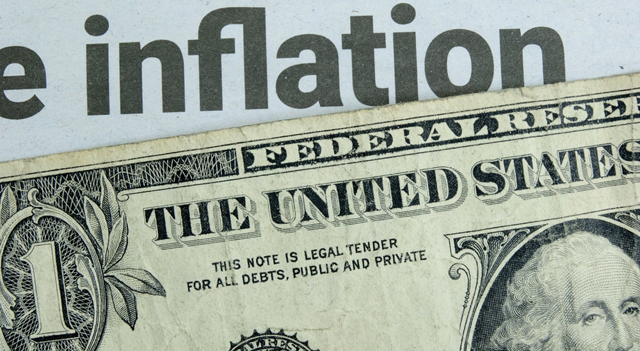
The Consumer Price Index (CPI) for March recorded a 0.4% rise, surpassing expectations and underscoring persistent inflationary pressures in the economy. Excluding the volatile food and energy sectors, the core CPI also saw a 0.4% increase, maintaining a faster pace than anticipated.
This uptick has pushed the annual inflation rate to 3.5% from February’s 3.2%, while the core inflation measure, which excludes food and energy, remained steady at 3.8%. Both rates exceeded economists’ forecasts, raising concerns over the sustainability of inflation rates within target levels.
Contributing to the overall increase, food prices experienced a modest 0.1% rise, whereas energy prices saw a more significant 1.1% jump, with gasoline prices alone surging by 1.7%. The housing sector also played a role in the inflationary trend, with owners’ equivalent rents climbing by 0.4%.
In the automotive sector, new vehicle prices fell by 0.2%, marking a continued decline from the previous month, and used vehicle prices decreased by 1.1% following a prior gain. Despite these drops, the overall CPI remained elevated due to increases in other categories such as apparel and medical services, which saw notable gains.
In the wholesale market, inventories in February remained unchanged from the initial 0.5% increase, while wholesale sales outperformed expectations with a 2.3% surge. This increase was significantly driven by a 1% rise in auto sales and a notable 5.9% leap in petroleum sales.
This data, combined with figures from retail and factory levels, indicates that business inventories are poised for a 0.4% increase, with business sales expected to rise by 1.5%. These figures are anticipated to be confirmed on April 15, alongside updated retail inventory and sales estimates.
In a related financial update, the US Treasury disclosed a March budget deficit of $236.46 billion, which is notably less than the $378.44 billion deficit reported in March 2023.
Economic forecasts from the Atlanta Fed’s Q1 GDPnow estimate a 2.4% growth, slightly down from the 2.5% prediction made on April 4, with the next revision scheduled for April 15.
The housing market also showed mixed signals, with the Mortgage Bankers Association reporting a marginal 0.1% increase in mortgage applications for the week ending April 5, following a 0.6% decrease the week before. While refinancing activity saw improvement, new home applications dipped, likely due to a rebound in mortgage rates.
In the energy sector, total crude oil inventories witnessed a 6.4 million barrel rise for the week ending April 5, with commercial oil inventories increasing by 5.8 million barrels and stocks in the US Strategic Petroleum Reserve rising by 600,000 barrels. Both gasoline and distillate inventories also saw increases last week.
This assortment of economic indicators highlights the ongoing challenges in managing inflationary pressures, the dynamic nature of the wholesale and retail sectors, and the complexities of the housing and energy markets.

It looks like you are not logged in. Click the button below to log in and keep track of your recent history.